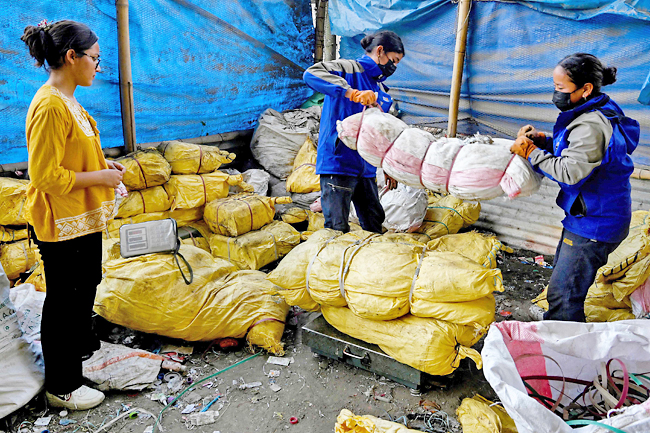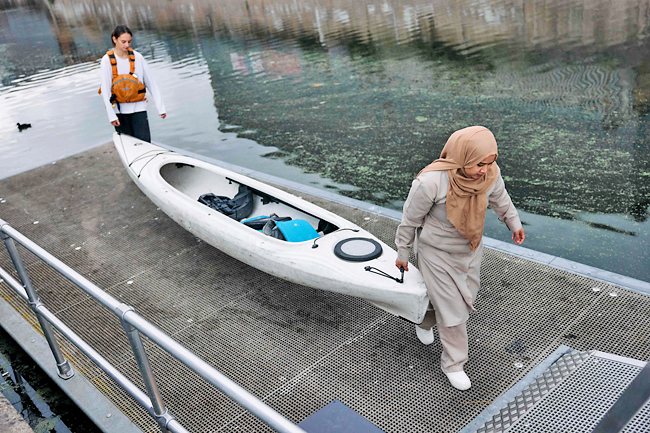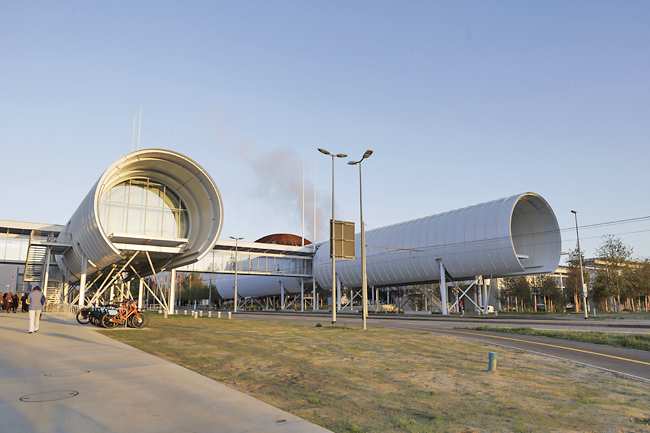PARIS (AFP) – An EU court will on Friday deliver its verdict in the case of former French footballer Lassana Diarra against FIFA, a potentially landmark decision which could shake up the football transfer system.
The court of justice of the European Union (CJEU) will decide whether a player can unilaterally terminate his contract, sparked by a dispute between Diarra and his former club Lokomotiv Moscow a decade ago.
“In a way, the Lassana Diarra affair is the Bosman 2.0 affair,” said Diarra’s Belgian lawyer Jean-Louis Dupont, who was also involved in the 1995 case of footballer Jean-Marc Bosman.
The Bosman ruling allowed players to move to another club at the end of their contract without a transfer fee being paid and also ended quotas on foreign players at clubs.
“If this judgement reflects the conclusions of the advocate general of the CJEU, the current FIFA transfer system will have come to an end,” said Dupont, arguing that the rules which prevented Diarra from finding a new club “violate the free movement of workers”.
Dupont pointed to the conclusions rendered on April 30 by the court’s top legal advisor, Maciej Szpunar, according to whom FIFA rules “limiting the ability of clubs to recruit” would be contrary to the principle of free competition within the EU.
Other legal experts familiar with the case are more measured and do not foresee a “Lassana Diarra judgement” of the magnitude of the Bosman ruling which revolutionised the transfer market in Europe.
The Diarra saga goes back 10 years.
In August 2014, Lokomotiv terminated the midfielder’s contract citing contractual breaches by the player. The Russian club also sought 20 million euros (USD22m) compensation from Diarra.
Diarra, now 39, refused and requested that Lokomotiv pay him compensation.
He was eventually ordered to pay his former club 10 million euros by FIFA, a fine that was upheld by the Court of Arbitration for Sport. Diarra also received a backdated 15-month suspension.
Legally trapped
According to FIFA regulations, if a player terminates his contract unilaterally and “without just cause”, he must pay compensation which includes his remuneration and benefits until the end of his contract.
And a purchasing club could be affected by compensation.
For his part, Diarra requested six million euros from world football governing body FIFA, on the grounds that its transfer rules had prevented him from playing during most of the 2014-2015 season.
As a result of the dispute clubs were not rushing to recruit Diarra. Belgian side Charleroi rescinded their contract offer, afraid of the possible legal and financial consequences.
The former France international, who went on to join Marseille in 2015, decided to take the matter to court, supported by the global players’ union, FIFPro.
After several twists and turns, the Belgian court, whose jurisdiction FIFA contested, asked a so-called “preliminary” question to the CJEU in 2022.
In essence the question was – are the regulations on the status and transfer of players compatible with EU competition law and free movement?
According to advocate general Szpunar, the provisions applied by FIFA “are likely to discourage and dissuade clubs from hiring the player for fear of a financial risk”.
“Limiting the ability of clubs to recruit players necessarily affects competition between clubs on the market for the acquisition of professional players,” the Polish lawyer argued.
If the CJEU were to follow this line of argument, players could leave their club without fear of being legally trapped afterwards.
Capped 34 times by France, Diarra also played for Chelsea, Arsenal, Portsmouth and Real Madrid before ending his career at Paris Saint-Germain in 2019.




















